Marginal increase in commercial vacancy rate in second quarter of 2021
The vacancy rate in commercial properties around Ireland remained relatively steady in the second quarter of 2021.
According to the latest GeoView Commercial Vacancy Rates Report from EY for GeoDirectory, out of a total commercial property stock of 211,739 units in Ireland, 28,831 were classified as vacant in June this year.
This resulted in a vacancy rate of 13.6%.
While there was an increase of 210 in the total number of units in the year, the number of vacant units increased by 362, today’s figures show.
That represented a very marginal increase in the vacancy rate of 0.1 percentage points on the same period last year.
Meath and Wexford were the counties with the lowest vacancy rates, where around 10% of units were unoccupied.
The rate was highest in Sligo where one in every five units was vacant.
However, there are variations within counties and Greystones in Wicklow was the town with the lowest vacancy rate, at 7%, followed by Gorey in Co Wexford at 7.8%.
Ballybofey in Co Donegal was the town with the highest rate where just below 30% of commercial units were vacant.
18 counties recorded an increase in commercial vacancy rates, with Kildare, at 1 percentage point, registering the sharpest rise.
Vacancy rates declined in six counties.
“The report found a noticeable decline in the number of retail and wholesale units in the country, with 1,931 fewer premises recorded than this time last year,” Dara Keogh, Chief Executive of GeoDirectory said.
“There still appears to be a very prominent gap in economic activity on the east coast compared to the west coast and this is something which will need to be addressed on a policy level” he added.
Annette Hughes, Director at EY Economic Advisory, noted that the report covered the period up to the end of June when restrictions were in the early stages of being eased.
“The further reopening of indoor hospitality at the end of July and the more general relaxation of Covid-19 restrictions is giving rise to an early rebound in economic activity,” she said.
“While the sustainability of some businesses in the hospitality sector may be tested after the summer staycation season, the hope is that progress on the vaccination programme reduces any risk of a resumption of further restrictions and the domestic economic recovery gathers momentum over the coming twelve months,” she concluded.
